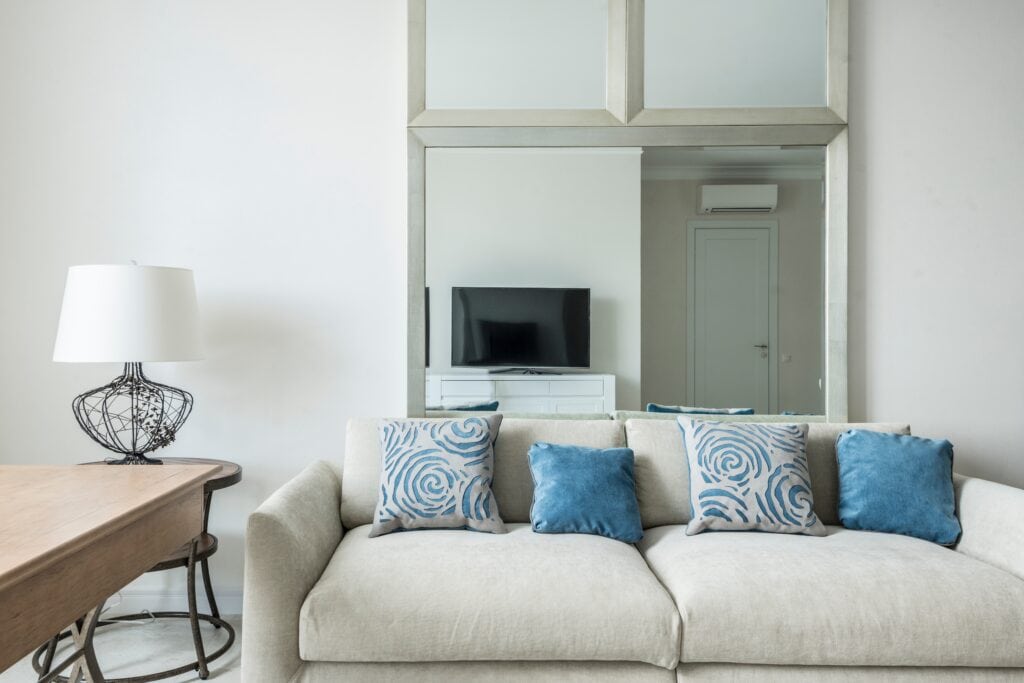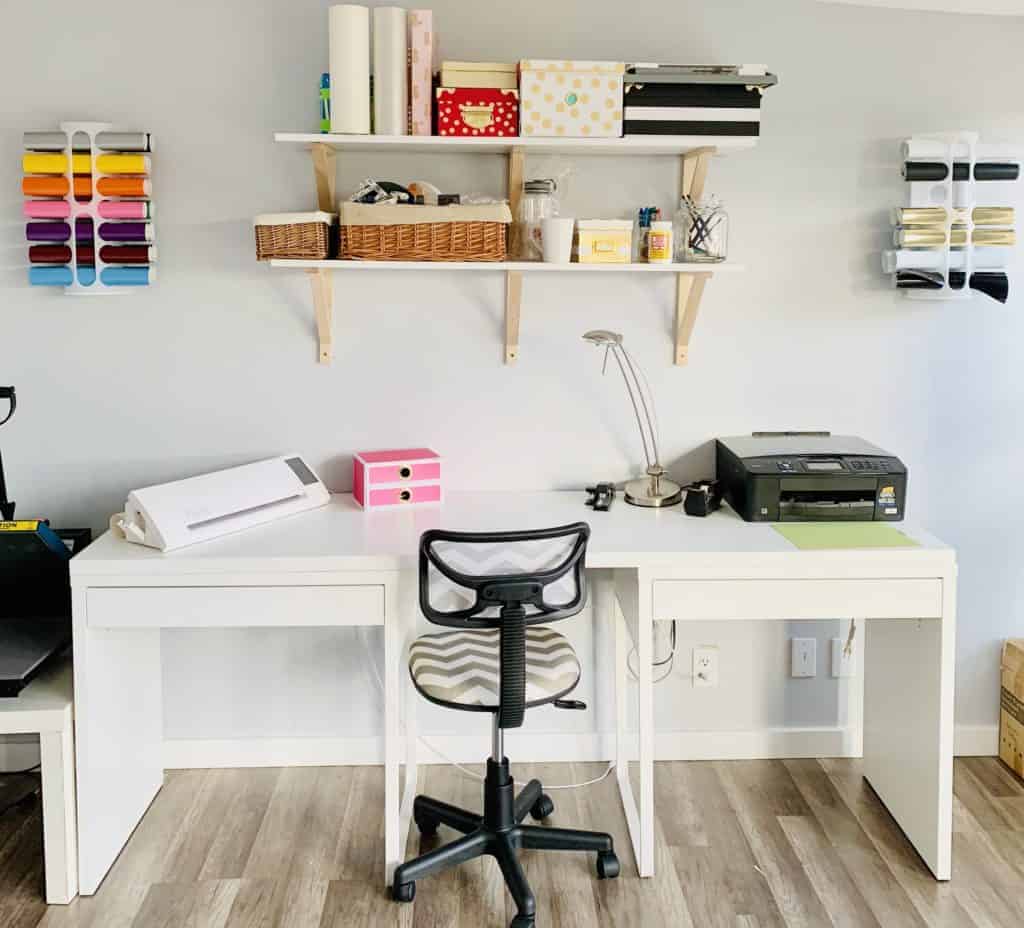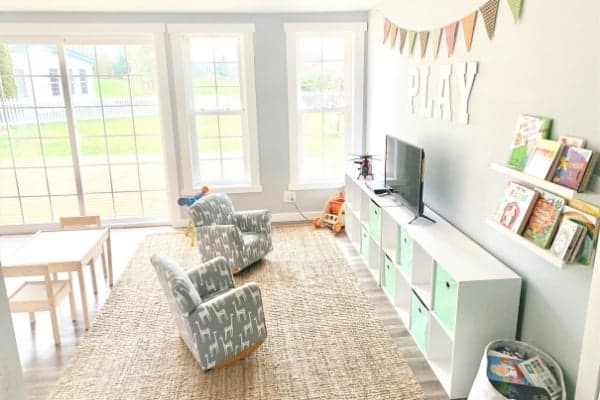Loft conversions are one of the most popular ways to add space and value to your home. Whether you’re in need of an extra bedroom, office, or simply some more living space, converting your loft can be a more economical option compared to a full extension.
However, even a loft conversion can come with a hefty price tag if not carefully planned. This article will explore the cost benefits of a loft conversion versus a full extension and provide practical tips on how to save money on materials, insulation, and other essentials.
Loft Conversion vs. Full Extension: A Cost Comparison
When considering adding more space to your home, the two most common options are a loft conversion or a full extension. Each comes with its own set of benefits and costs, but loft conversions often come out on top as the more budget-friendly option.
Construction Complexity
A full extension typically involves extensive groundwork, structural changes, and planning permission, which can significantly increase costs. In contrast, a loft conversion makes use of existing space, reducing the need for structural modifications and expensive groundwork.
Cost of Materials
Extensions often require more materials, including bricks, concrete, and roofing. A loft conversion, on the other hand, mainly requires flooring, insulation, and perhaps some additional windows, making it less material-intensive.
Labour Costs
The labour involved in a full extension is often more intensive and time-consuming. Loft conversions, especially straightforward ones like a Velux conversion, are generally quicker to complete, leading to lower labour costs.
Planning Permission
While both options may require planning permission, loft conversions often fall under Permitted Development Rights, making the process simpler and cheaper. Full extensions are more likely to require full planning permission, which adds both time and cost to the project.
Overall, while the cost of a loft conversion can vary depending on the size and complexity, it typically ranges from 20,000 to 50,000. In contrast, a full extension can easily exceed 60,000 to 100,000.
Saving Money on Your Actual Loft Conversion build project
Even though loft conversions are generally more affordable than extensions, there are still plenty of ways to reduce costs further. Here are some key areas where you can save money:
- Choose the Right Type
Velux Conversion:
This is the most cost-effective option as it involves installing roof windows without altering the roof structure. It’s ideal if you already have enough headroom and don’t require extensive structural changes.
Dormer Conversion
Slightly more expensive but still cheaper than a full extension, a dormer conversion adds more space and headroom by extending outwards from the roof. If you need extra space, this is a good middle-ground option.
Mansard Conversion
While offering the most space, Mansard conversions are also the most expensive. This option involves significant structural changes and is generally only worth considering if you need maximum space and are prepared for higher costs.
Saving on Materials
Shop Around for materials
Prices for materials can vary significantly between suppliers.
Don’t settle for the first quote—shop around, compare prices, and consider purchasing materials during sales or in bulk.
Reclaimed Materials
Consider using reclaimed or recycled materials where possible. Not only is this an environmentally friendly option, but it can also be much cheaper than buying new.
Reclaimed wood, for example, can add character to your conversion while saving you money.
DIY Where Possible
If you have the skills, consider taking on some of the simpler tasks yourself, such as painting, installing shelving, or fitting skirting boards. This can save you money on labour costs.
- Insulation and Energy Efficiency
High-Performance Insulation
Investing in high-quality insulation may have a higher upfront cost, but it will save you money in the long run through reduced energy bills. Consider using multi-foil insulation, which is thin yet highly effective at preventing heat loss.
Insulated Underlay
An often-overlooked option, insulated underlay can significantly improve the thermal performance of your loft conversion. Choos from a range of thicknesses like on Underlay4u. By installing this beneath your flooring, you can add an extra layer of insulation to keep your space warm during the colder months.
Double-Glazed Windows:
While slightly more expensive than single glazing, double-glazed windows are essential for a loft conversion. They will keep your space warmer, reduce energy bills, and also help with sound insulation.
- Planning and Design
Simplify the Design: The more complex your design, the more it will cost. Opt for a simple, functional design that makes the most of your available space without requiring extensive structural changes.
Consult a Professional Early: While it may seem counterintuitive, spending money on a professional architect or surveyor early in the process can actually save you money. They can help you avoid costly mistakes and ensure that your plans are both feasible and within budget.
- Government Grants and Incentives
Energy Efficiency Grants
In some cases, you may be eligible for government grants or incentives for improving your home’s energy efficiency. Check with local authorities or visit government websites to see if you can benefit from any schemes.
A loft conversion is a fantastic way to add space and value to your home without the high costs associated with a full extension. By carefully considering your options, choosing cost-effective materials, and investing in proper insulation, you can significantly reduce the overall cost of your project. With careful planning and a focus on energy efficiency, your loft conversion can be a smart, economical investment that enhances your home for years to come.





